Is the Base Nissan Leaf Plus the Stripper That Goes Farther?

First off, we could debate whether a true “stripper” vehicle even exists in this era of generous standard content; arguably, my Chevrolet Cruze L doesn’t even make the cut — though one peek at the headliner material suggests otherwise. But I digress…
Certainly, the upcoming Nissan Leaf Plus is not the starting point of the Leaf line, but the new 62 kWh variant, with its larger battery and additional grunt, does include a modest “S” trim. And it seems the cheaper version of the long-range electric hatch packs a range advantage over its pricier siblings.
The suggestion comes via Automotive News, which secured California Air Resources Board documentation showing a range discrepancy between the Leaf S Plus and the SL and SV versions. In the certification doc, the two higher-trim models fall behind the base S by what could amount to 25 miles.
From AN:
The Leaf’s base S Plus trim earned a 364-mile rating under the Urban Dynamometer Driving Schedule testing cycle, according to calculations on the CARB certificate. The SV and SL models scored a 330-mile rating under the UDDS testing cycle, which simulates mostly city driving.
Generally, the EPA-advertised range is rated at about 70 percent of the UDDS range, according to Inside EVs. That calculation would peg the S Plus range at about 255 miles and the SV and SL at about 230 miles.
In introducing the new Leaf Plus at the recent Consumer Electronics Show, Nissan stated the model’s range at up to 226 miles. As there’s no EPA rating yet, Nissan’s sticking with that number as a high water mark, meaning the higher-trimmed Leaf Pluses could fall below that of the base S.
Speaking to AN, Nissan estimated the S Plus’ range at up to 226 miles, with the other two trims expected to deliver up to 215 miles. Devoid of certain content, the S PLus tips the scales at 73 pounds lighter than the other two.
With the Leaf Plus, slated to hit dealers this spring, Nissan has its EV bases covered. The basic Leaf starts at $29,990 before destination and an MSRP-reducing federal tax credit. Range is a 151 miles — suitable, in many cases, for family car duty. Energized by the appearance of a second-generation model, Leaf sales rose 31 percent in the U.S. last year.
[Image: Nissan]

More by Steph Willems
Latest Car Reviews
Read moreLatest Product Reviews
Read moreRecent Comments
- Corey Lewis It's not competitive against others in the class, as my review discussed. https://www.thetruthaboutcars.com/cars/chevrolet/rental-review-the-2023-chevrolet-malibu-last-domestic-midsize-standing-44502760
- Turbo Is Black Magic My wife had one of these back in 06, did a ton of work to it… supercharger, full exhaust, full suspension.. it was a blast to drive even though it was still hilariously slow. Great for drive in nights, open the hatch fold the seats flat and just relax.Also this thing is a great example of how far we have come in crash safety even since just 2005… go look at these old crash tests now and I cringe at what a modern electric tank would do to this thing.
- MaintenanceCosts Whenever the topic of the xB comes up…Me: "The style is fun. The combination of the box shape and the aggressive detailing is very JDM."Wife: "Those are ghetto."Me: "They're smaller than a Corolla outside and have the space of a RAV4 inside."Wife: "Those are ghetto."Me: "They're kind of fun to drive with a stick."Wife: "Those are ghetto."It's one of a few cars (including its fellow box, the Ford Flex) on which we will just never see eye to eye.
- Oberkanone The alternative is a more expensive SUV. Yes, it will be missed.
- Ajla I did like this one.

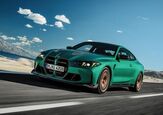

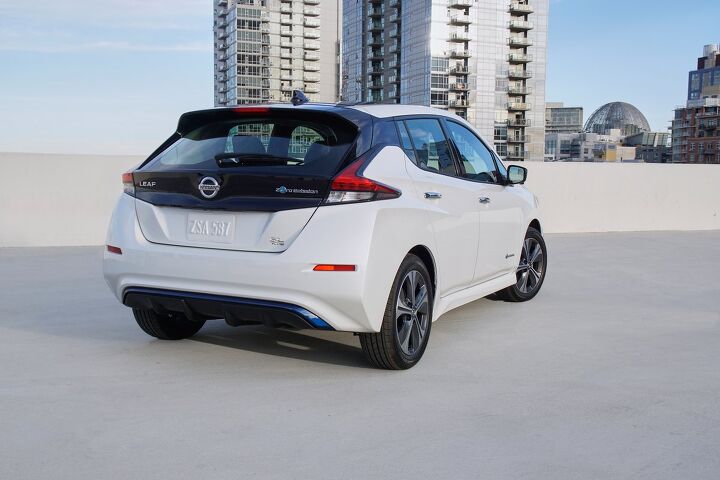












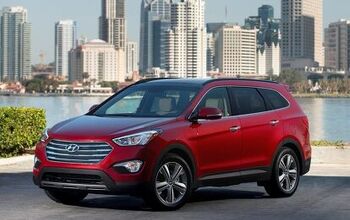

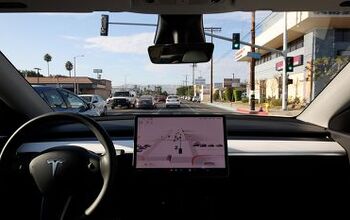
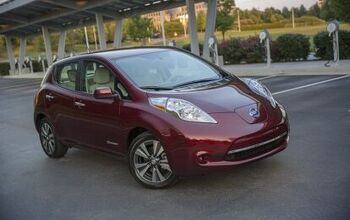
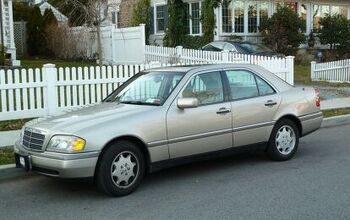
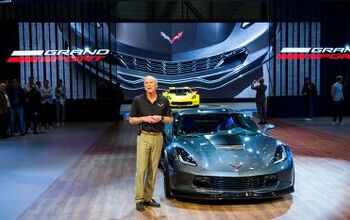

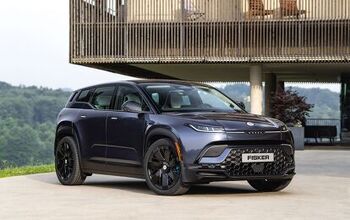



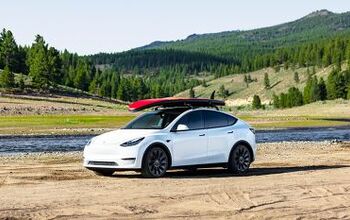

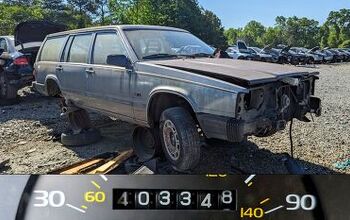
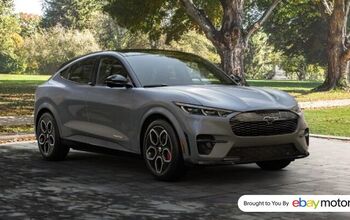

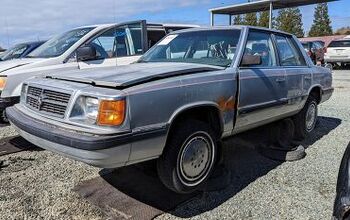

Comments
Join the conversation
There's got to be something else beyond weight that factors into the range discrepancy, 73 lbs is not much at all. I'm wondering if there are some extra electrical draws with the higher trims such as heated seats, steering wheel, more advanced HVAC or battery conditioning, etc. I'm surprised Nissan didn't limit the lower trim's range through software. I was looking forward to the new Leaf plus, but I got tired of waiting and picked up a lightly used Tesla Model S 85 for about the same price as the Leaf. It boiled down to the fast-charging infrastructure that Tesla has all other manufacturers beat...for now. Truth is our 83-mile range Fiat 500e still fits 90% of our driving situations. More range and faster charging is nice, but only a necessity 10% of the time.
73 lbs (33 kg) is less than half a person. (Top half?) Assuming that the Federal tests include a driver, the four passengers, by this article’s metrics, should reduce range by a further 200 miles so a full car with handbags is just backing out the drive and going flat.